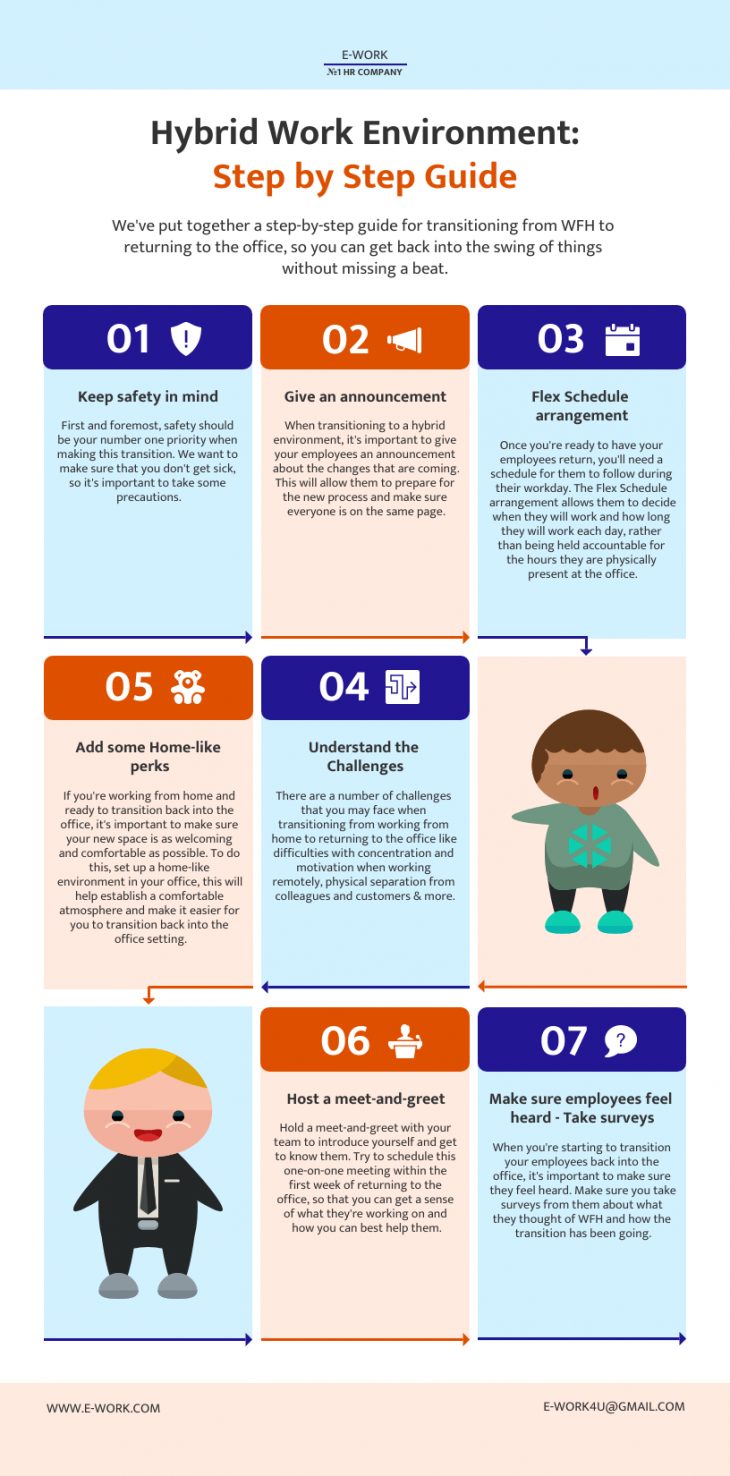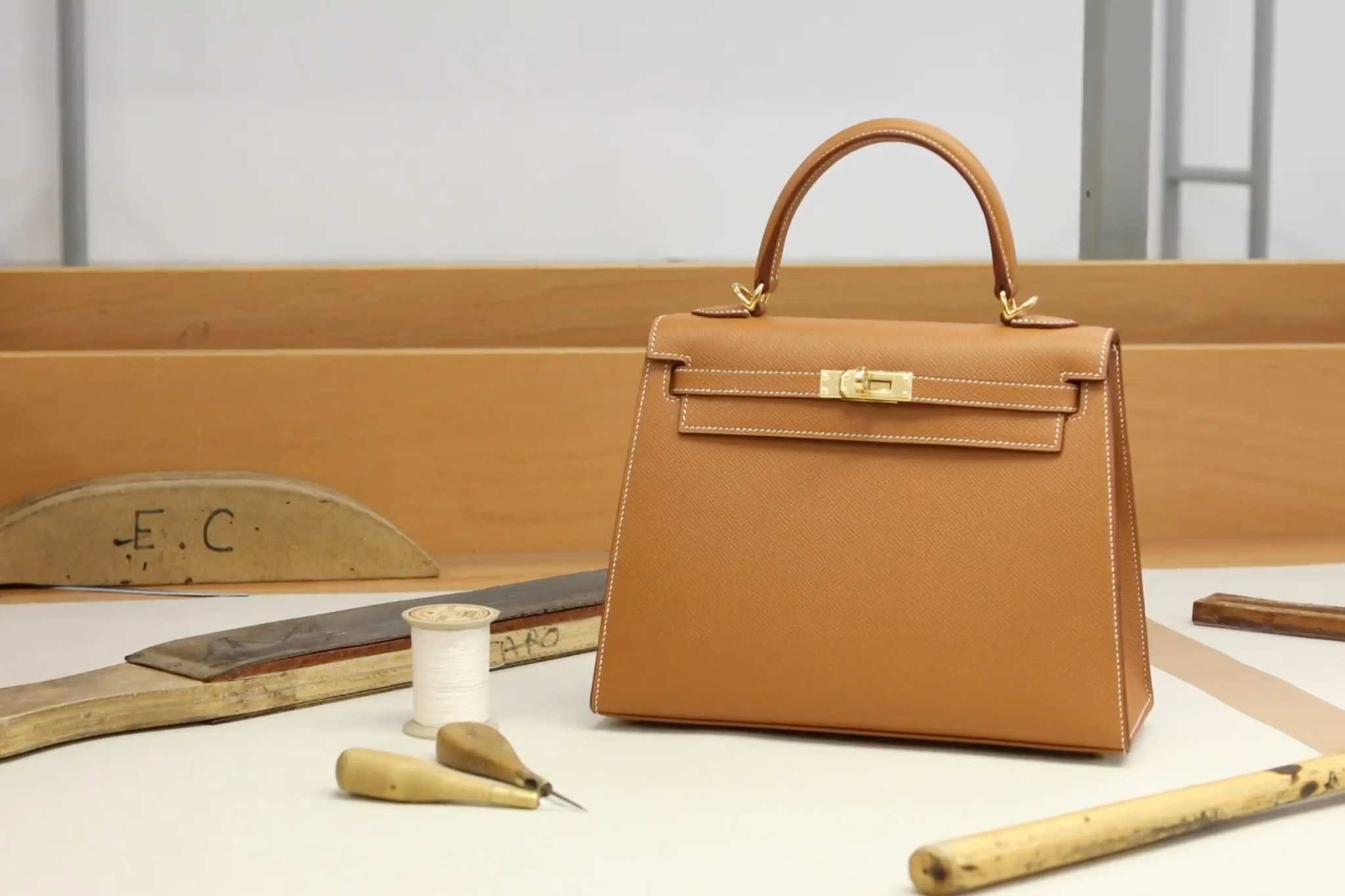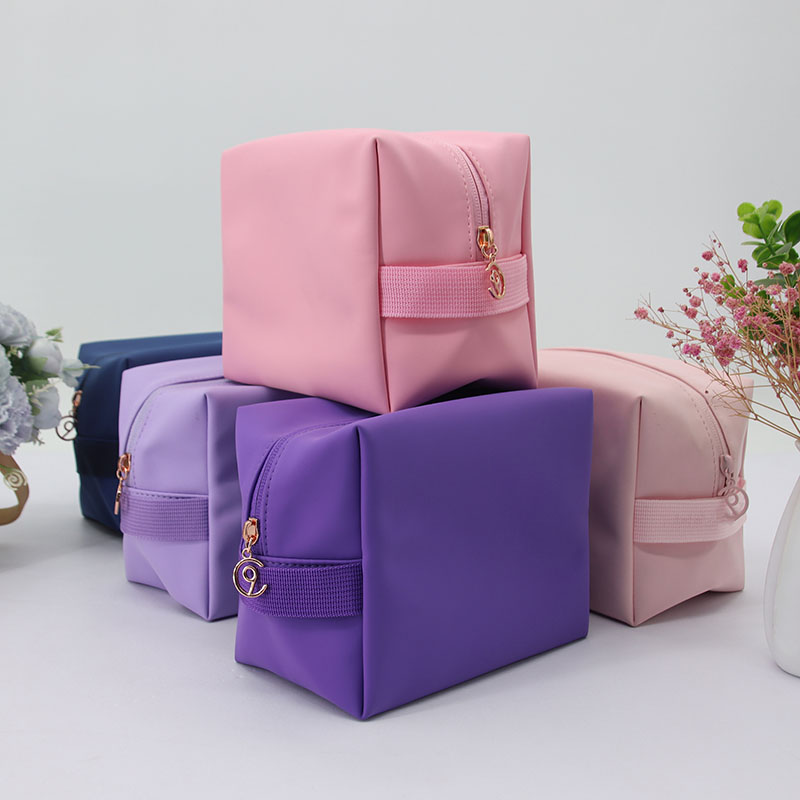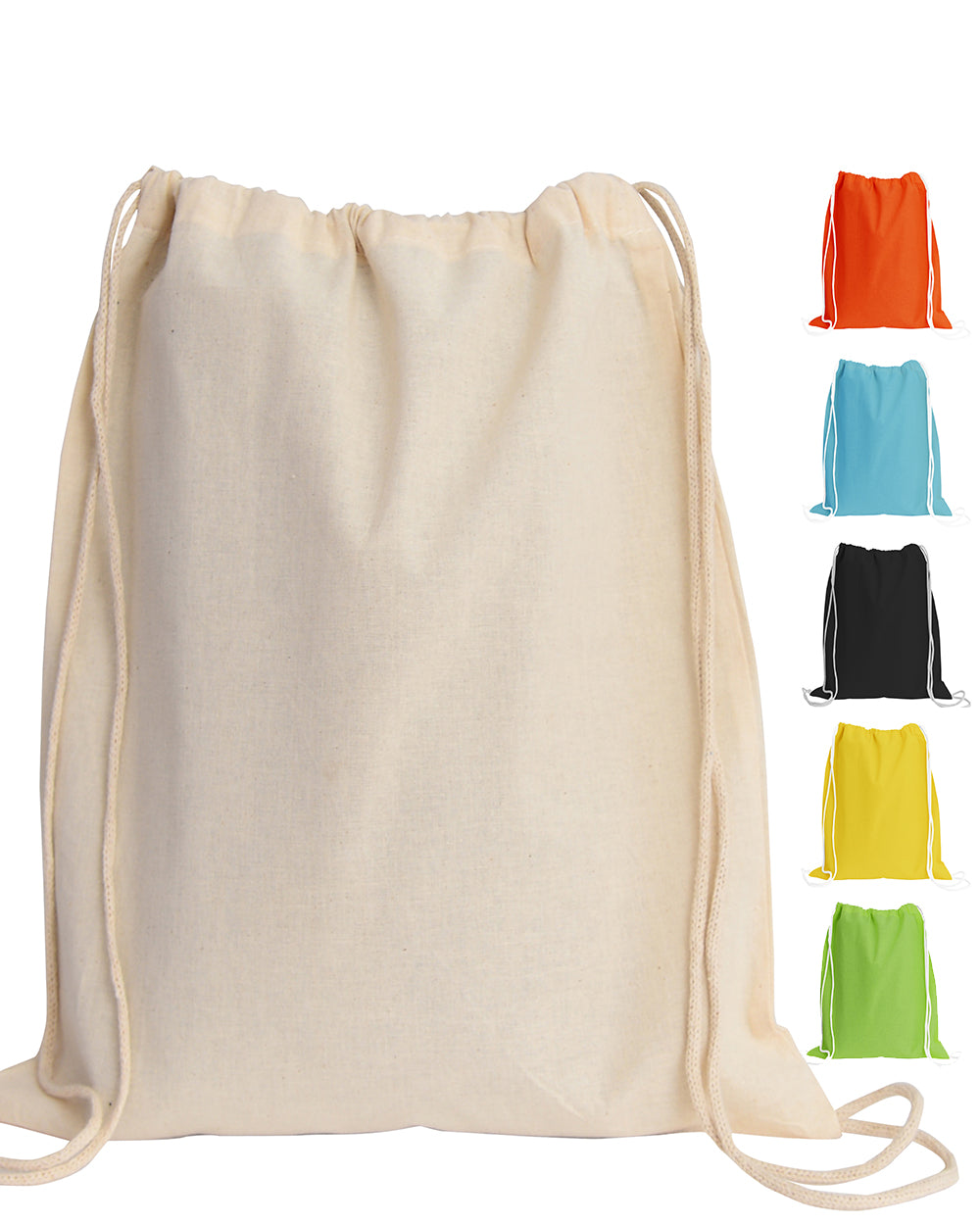Minimizing handbag production waste involves strategic design, intelligent material sourcing, precision cutting, and upcycling scraps into valuable new products.

This comprehensive look at sustainable manufacturing will detail the essential stages for reducing refuse in your production cycle. From initial concept to final packaging, every step presents an opportunity to enhance efficiency and environmental responsibility.
Table of Contents

- Strategic Design: The Foundation of Waste Reduction
- Intelligent Material Sourcing and Management
- Precision in the Cutting Process: Maximizing Material Yield
- Transforming Scraps Into Value: Beyond the Cutting Floor
- Lean Manufacturing and Efficient Assembly
- Eco-Conscious Finishing and Packaging
Strategic Design: The Foundation of Waste Reduction
The journey toward minimal-waste production begins long before the first piece of material is cut. It starts on the drawing board. Thoughtful design is the single most impactful factor in preventing downstream waste. By embedding sustainability into the core design philosophy, brands can create beautiful products that are also resource-efficient.

One primary approach is zero-waste pattern making. This technique involves designing pattern pieces that interlock like a puzzle, leaving little to no “negative space” or offcuts on the material sheet. It requires creativity and careful planning but significantly reduces the primary source of manufacturing refuse. Another key principle is designing for longevity. Creating timeless, durable handbags that resist fleeting trends ensures they remain in use for years, combating the “fast fashion” cycle that fuels waste. At Beldtura Leather, our focus on classic silhouettes and robust full-grain leather is a testament to this belief—a well-made bag is inherently sustainable.
Furthermore, designers should consider the entire lifecycle of the product. Designing for disassembly is an advanced concept where a handbag is constructed in a way that allows it to be easily taken apart at the end of its life. This facilitates the repair, replacement of parts, or recycling of individual components, such as hardware and leather panels, preventing the entire product from ending up in a landfill.
Intelligent Material Sourcing and Management
What a handbag is made from is as important as how it is made. Your choice of materials directly influences waste levels, production efficiency, and the final product’s environmental footprint. The first step is to prioritize quality and durability. High-quality materials like full-grain or top-grain leather not only create a superior product but are also less prone to defects that cause sections to be discarded.
Sourcing from certified suppliers is crucial. For leather, look for tanneries certified by the Leather Working Group (LWG), which audits for environmental performance, including water usage, effluent treatment, and waste management. Opting for vegetable-tanned leather over chrome-tanned alternatives also reduces the use of heavy metals in the production process. Beyond leather, consider innovative materials such as recycled textiles, plant-based leathers, or deadstock fabrics—surplus material from other manufacturers that would otherwise be discarded.
Effective inventory management is another critical component. Using a “just-in-time” (JIT) inventory system helps prevent over-ordering raw materials, which can lead to spoilage, damage, or obsolescence. Accurate forecasting and maintaining a digital inventory system ensure you only order what you need, reducing both storage costs and the risk of material waste.
Precision in the Cutting Process: Maximizing Material Yield
The cutting room is where the majority of tangible material waste is generated. Every square inch of saved material translates directly into cost savings and reduced environmental impact. Optimizing this stage requires a combination of smart technology and skilled craftsmanship.
Optimizing Material Layout (Nesting)
Nesting is the process of arranging pattern pieces on a hide or fabric roll to maximize the number of pieces cut from a single sheet. Modern Computer-Aided Design (CAD) software can automate this process, running thousands of simulations to find the most efficient layout possible. This digital approach consistently outperforms manual placement, often increasing material yield by 5-15%. For materials like leather, which have irregular shapes and natural imperfections, digital scanning and nesting are especially powerful tools for working around flaws without wasting large sections of the hide.
Comparing Cutting Technologies
The technology used for cutting has a significant impact on precision and waste. While traditional methods have their place, modern solutions offer superior efficiency. A comparison of common methods highlights their distinct advantages.
| Cutting Method | Description | Waste Reduction Potential |
|---|---|---|
| Die Cutting | Uses a pre-shaped metal “cookie-cutter” (a die) pressed into the material. It is fast and consistent for high-volume, standardized parts. | Moderate. Less flexible for complex nesting and can create more waste around the die’s perimeter. |
| Digital/Knife Cutting | A computer-controlled blade cuts patterns directly from a digital file. It allows for extremely tight nesting and easy adjustments. | High. The precision allows patterns to be placed edge-to-edge, drastically minimizing offcuts. |
| Laser Cutting | Uses a high-powered laser to cut or etch the material. Offers incredible precision, especially for intricate designs. | Very High. The minimal kerf (width of the cut) allows for the tightest possible nesting, maximizing material usage. |
Managing Leather’s Natural Imperfections
Unlike synthetic fabrics, leather is a natural material with unique characteristics, including scars, insect bites, and growth marks. A wasteful approach discards any section with an imperfection. A sustainable approach, however, strategically incorporates these features. Skilled cutters can position patterns to either hide minor flaws in less visible areas of the bag (like the base or inside a pocket) or celebrate them as unique markers of genuine leather, adding character to the final piece.
Transforming Scraps Into Value: Beyond the Cutting Floor
Even with the most efficient processes, some material offcuts are unavoidable. The key is to reframe this “waste” as a resource. An effective waste-to-value stream can create new revenue, enhance brand identity, and move a company closer to a circular production model.
Upcycling into New Products
The largest and most usable scraps can be transformed into smaller products. This is a common practice among high-end leather goods manufacturers. Offcuts from a large tote bag project, for instance, can be perfect for creating complementary accessories like cardholders, key fobs, luggage tags, or decorative tassels. This not only utilizes material that would be discarded but also expands the product line with minimal additional raw material cost. Beldtura Leather, for instance, could leverage offcuts from its signature handbags to craft exquisite, limited-edition small accessories.
Recycling and Downcycling Options
For smaller, unusable scraps, collaboration is key. Partner with specialized recycling companies that can process leather and textile waste. Leather scraps can be shredded and bonded to create “reconstituted leather,” which is suitable for use in non-structural components like linings or reinforcements. Fabric scraps can be shredded for use as insulation or stuffing. Establishing these partnerships ensures that even the smallest bits of material are diverted from landfills and given a second life.
Lean Manufacturing and Efficient Assembly
Waste isn’t just about materials; it’s also about time, energy, and effort. Adopting lean manufacturing principles in the assembly process can dramatically reduce waste in all its forms. This philosophy focuses on maximizing value while minimizing everything else. It involves mapping out the entire production flow to identify and eliminate bottlenecks, redundant steps, and sources of defects.
Training staff in efficient techniques is paramount. A well-trained artisan makes fewer errors, reducing the number of pieces that must be reworked or discarded. This saves materials, thread, adhesives, and, most importantly, time. Organizing the workspace for an ergonomic and logical flow—ensuring tools and components are exactly where they need to be—minimizes unnecessary movement and boosts productivity. By standardizing processes and continuously seeking small improvements, a workshop can significantly cut down on resource consumption per unit produced.
Eco-Conscious Finishing and Packaging
The final stages of production offer more opportunities for sustainability. When it comes to finishing touches, opt for low-VOC (Volatile Organic Compound) or water-based adhesives and edge paints. These are less harmful to workers and the environment compared to traditional solvent-based options. Similarly, choose hardware (buckles, zippers, studs) made from recycled metals or sourced from suppliers with transparent and ethical manufacturing practices.
Packaging is the last touchpoint with the customer and a major source of single-use waste. Embrace a minimalist philosophy. Use recycled and recyclable materials for boxes and wrapping tissue. Replace plastic fillers with biodegradable alternatives like mushroom packaging or crinkle paper. Design packaging that is just large enough for the product to be secure, reducing excess material usage and shipping volume. A thoughtful, sustainable unboxing experience reinforces a brand’s commitment to quality and environmental responsibility from start to finish.


